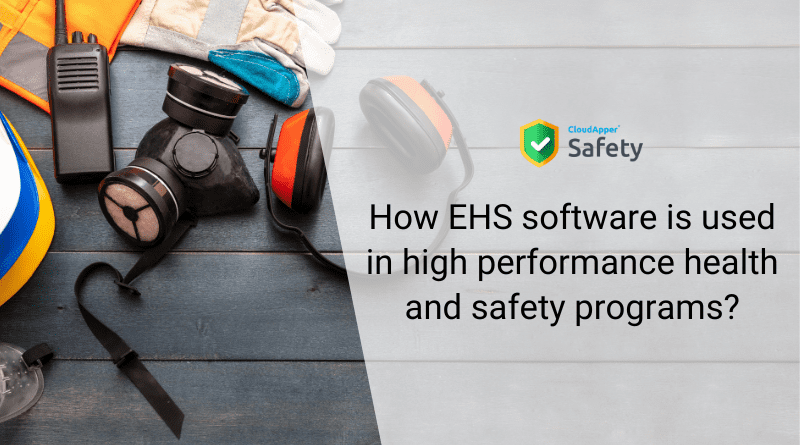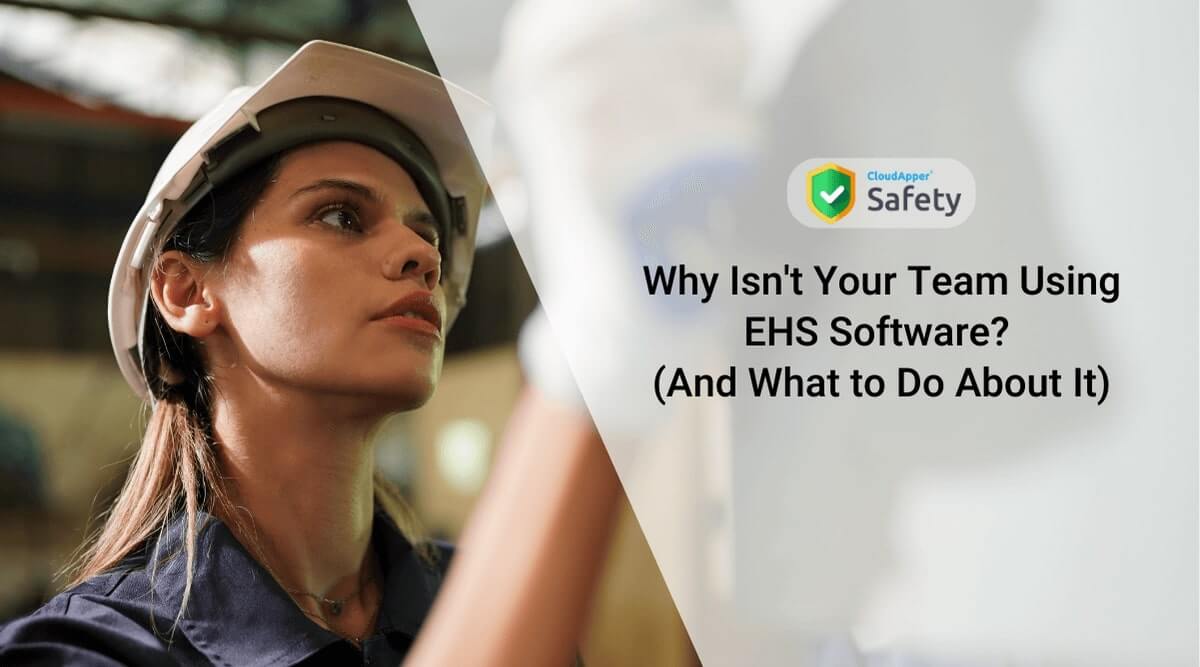Table of Contents
Upgrading systems or investing in new technology needs a system-wide transition, which usually begins with the question, “What is the return on investment?” EHS program managers, as well as those involved in the day-to-day operations of safety programs, are assisting us in answering that question, and will lead their organizations to improve their health and safety programs.
The case for EHS software is made by sharing statistics from high achievers in a group setting. We were fortunate enough to have the opportunity to do so. We’ll go over the results of this year’s State of the Industry Survey over the coming few weeks.
The survey, which was conducted in June in collaboration with EHS Today, looked at trends in firm Environment, Health, and Safety (EHS) programs. Data on funding and priority levels, as well as program strengths, limitations, and overall success, are included in the findings.
Safety programs that rely on old techniques for collecting data, assessing program performance, and interacting with employees perform below industry average, according to research comparing those that use EHS software with those who don’t.
The results are clear:
Investing in the most up-to-date EHS software and technology boosts performance
Companies that use EHS software have more readily available statistics on the effectiveness of their safety programs, believe that the benefits of investing in EHS technology outweigh the expenses, and have more employee involvement and easier communication.
Companies must regard their investment in EHS software and technology as a chance to dramatically improve safety procedures in order to enjoy these benefits. Simply put, EHS programs that emphasize investment in the most up-to-date equipment and software routinely outperform the industry average.
Data access that is quick and easy improves programs
One of the most significant parts of enhanced program performance is access to data that throws light on the health of a safety program, since it provides firms with knowledge that can help them prevent issues before they occur. Companies that employ EHS software have reported easier access to program data, with those who use an automated solution for their reporting process being more probable.
Companies that utilize EHS software have quicker access to information and analytics on the health of their safety programs, allowing them to identify potential concerns before they become a problem for the firm, according to survey findings. Access to reporting and analytics is “extremely easy” or “relatively easy” for almost a third (35%) of EHS software users, compared to only 15% of non-users. In fact, over half of non-software users described the process of gaining access to analytics as “very or rather difficult.” As a result, the vast majority of organizations that utilize EHS software (84 percent) claim to be able to identify and address possible safety hazards before they occur, compared to just over half of those who do not. When compared to those who utilize EHS software, non-software users report more obstacles in their EHS programs, notably in accessing data to prevent safety hazards and analyze performance.
The advantages of investing in EHS software and technology are obvious. Next week, we’ll delve even deeper into the survey results, focusing on Safety Managers’ trust in their programs and the outcomes they’re witnessing.
So, how can you choose the proper EHS software for your company if the outcomes are clear?
Employee-centric EHS software is, in the end, the finest. Because it is simple to use and individuals have an incentive to utilize it, it produces superior safety outcomes. To put it another way, you’ll need to create a system for your staff. They won’t utilize it if it’s too complicated, clunky, or unintuitive—if it doesn’t fit into their present workflows.
Ask the following questions to see if a solution is a good fit for your team:
- Is it possible to use self-guided forms?
Employees should spend as little time and effort as possible on EHS reporting.
- Is it possible for every user to have access to forms and an information library?
It’s not much better than using spreadsheets and binders if the technology generates silos.
- Is the solution compatible with mobile devices?
Today’s business is conducted over the phone. At any time, each employee should be able to swiftly pull out their mobile device and enter data.
- Are data dashboards included in the package?
Any program you buy should include robust reporting and dashboard features. Again, usability is crucial. Keep in mind that EHS may not be a user’s sole responsibility. When someone is busy, they should be able to log in and access the specific data they require, when they require it.
The backbone of your safety program is CloudApper Safety
CloudApper Safety can assist you in developing a complete EHS program that combines technology, best practices, and your employees’ concentrated efforts to keep your workplace safe and productive.
Introducing an EHS software platform that is suited to your company’s needs. Manage your safety program with an all-in-one solution that will engage your staff, develop a safety culture, and help you comply with regulations.
What is CloudApper AI Platform?
CloudApper AI is an advanced platform that enables organizations to integrate AI into their existing enterprise systems effortlessly, without the need for technical expertise, costly development, or upgrading the underlying infrastructure. By transforming legacy systems into AI-capable solutions, CloudApper allows companies to harness the power of Generative AI quickly and efficiently. This approach has been successfully implemented with leading systems like UKG, Workday, Oracle, Paradox, Amazon AWS Bedrock and can be applied across various industries, helping businesses enhance productivity, automate processes, and gain deeper insights without the usual complexities. With CloudApper AI, you can start experiencing the transformative benefits of AI today. Learn More


















